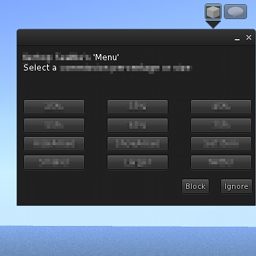 Customer satisfaction is a factor that can make or break a business. Satisfied customers can potentially recommend products and services to others and become repeat customers. On the other hand, dissatisfied customers may never or rarely provide repeat business, and might even tell others about their dissatisfaction. This is why to alleviate things that irritate your customer, one should solicit product feedback.
Customer satisfaction is a factor that can make or break a business. Satisfied customers can potentially recommend products and services to others and become repeat customers. On the other hand, dissatisfied customers may never or rarely provide repeat business, and might even tell others about their dissatisfaction. This is why to alleviate things that irritate your customer, one should solicit product feedback.
The need to identify the areas customers may be having a less than satisfying experience is very important. How satisfied customers are with a particular physical characteristics such as functionality, prims, script load, and aesthetics of the product that they purchased? Identify the functionality that the product provides and have customers rate each aspect of its functionality separately on an even-numbered scale so that there is no neutral option available. Some businesses will create a notecard with a series of check-off boxes in it for this purpose, others might use an in-world survey kiosk or a web site.
Soliciting product feedback when the product you require feedback on is not really a physical product, but instead customer service and support offerings, is not quite as straightforward. One must examine sales and service to identify areas where customers may be experiencing a degree of dissatisfaction. It is difficult to ask open ended questions to identify these areas from customers, since most customers will not take the time to answer open ended questions, even though this type of information is the most useful form of feedback for a business.
